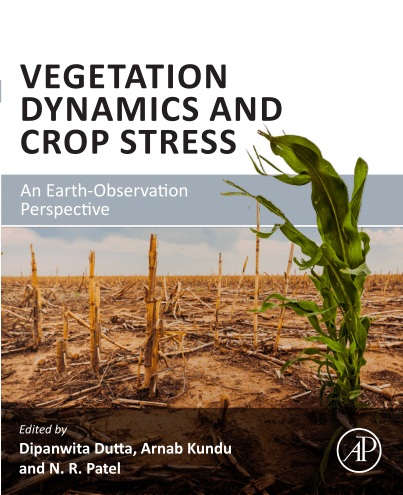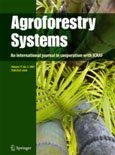As part of the STREK project, forest dynamics were analysed to assess the impact of logging, especially relatively environment-friendly techniques, and the potential benefits of silvicultural regimes that favour the growth of commercial species. The study was mainly focused on growth and mortality rates, especially concerning species of the Dipterocarpaceae family, which represents 25% of the trees in the stand and literally all of the commercial species. Productivity of the primary forest was found to be lower than 1m3/ha/year. Dipterocarpaceae species had the highest growth rates. Growth and mortality rates were dependent on the stand density, tree diameterm the size and shape of the canopy, which is an indicator of between tree-competition. The conditions were most detrimental to small-diameter trees. Two years after logging, productivity in the logged plot was as low as in the primary forest. The reforestation process in not yet under way. However, forest degradation to the benefit of Dipterocarpaceae species prompted a productivity gain of 3 to 5 m3/ha/year. (O)
Download:
DOI:
https://doi.org/10.19182/bft1999.259.a20008
Altmetric score:
Dimensions Citation Count:

























